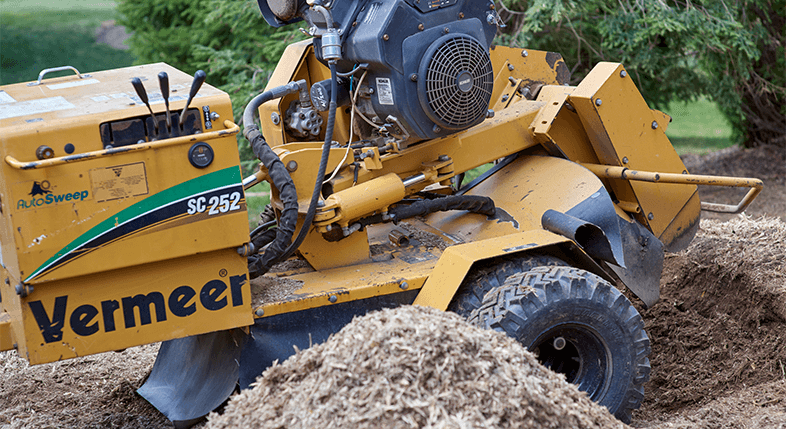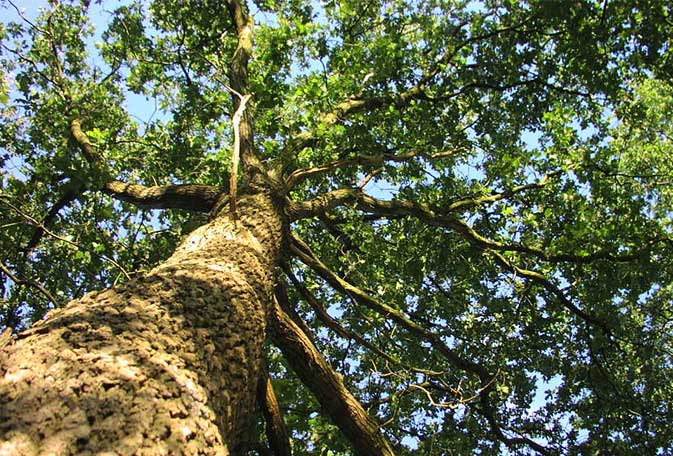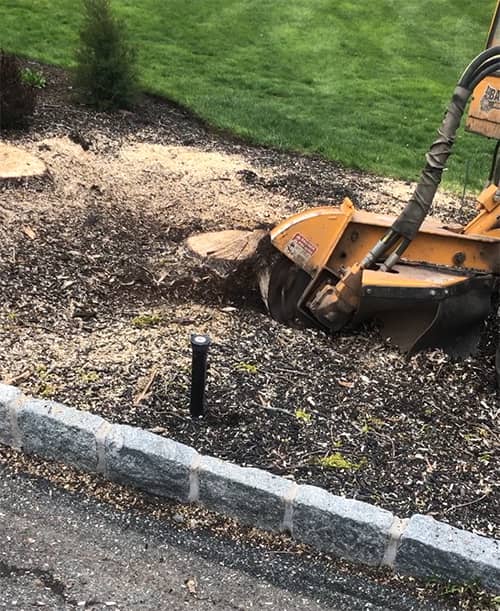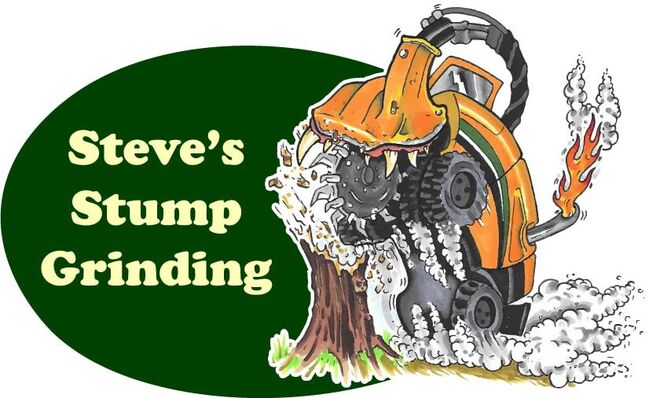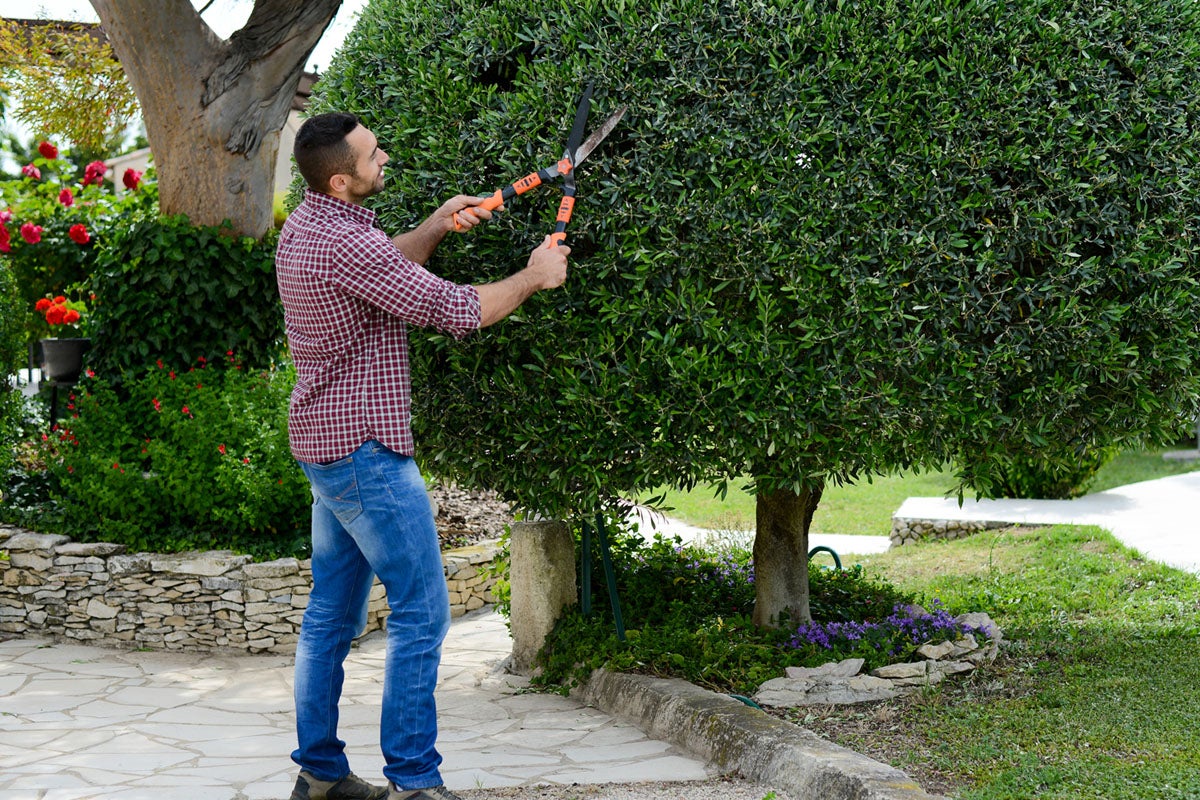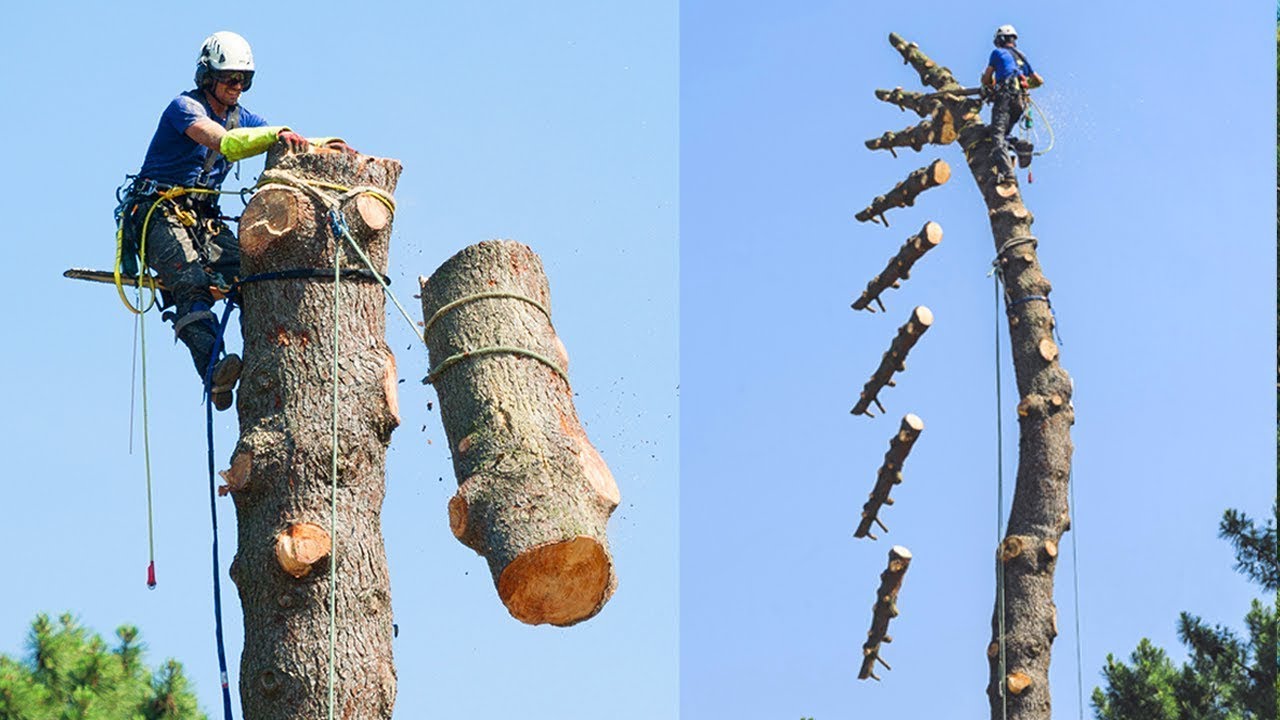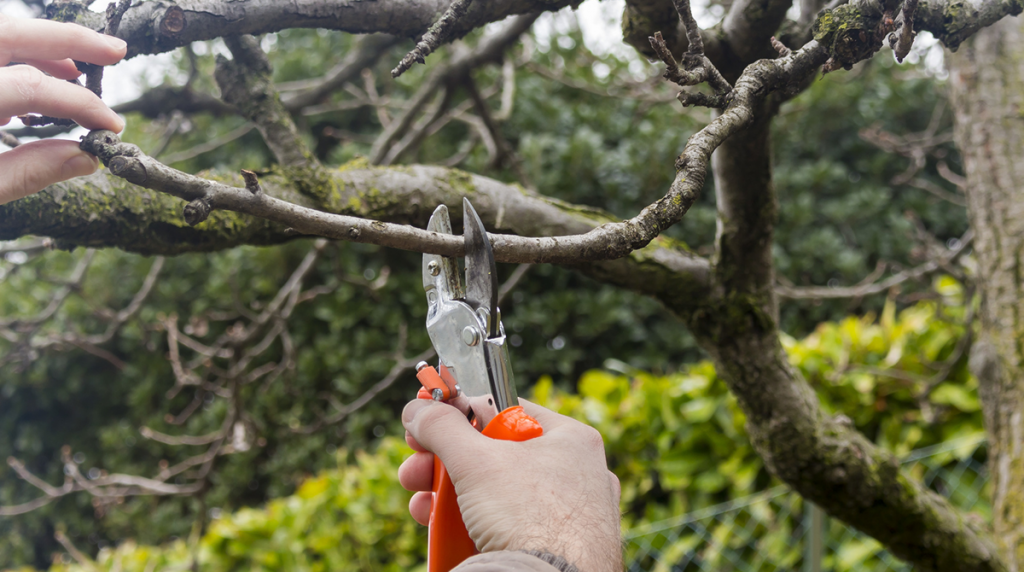[ad_1]
If you have a tree in your yard and it is rotting and looking pretty bad, you may want to consider stump grinding. This process is usually fast, efficient and a lot cheaper than stump removal. However, if you decide to do the job yourself, be sure to use the right equipment and make sure you are not injured.
The cost of stump grinding can vary, depending on the type of tree and the number of stumps. In general, hardwoods are more difficult to grind than softwoods. Therefore, you may want to ask an expert for advice before you undertake a project. You may also want to consider the amount of work that is involved.
Stump removal is an expensive and labor-intensive process. It requires a heavy duty machine and plenty of hard work. Depending on how deep the stump is in the ground, you may need to hire an excavation company to dig out the roots. Some companies will even offer a reduced rate for multiple stumps.
Generally, the best way to go about stump grinding is to hire a professional. Those with the proper training, experience and equipment can get the job done faster. Plus, they are insured, so you know you won’t be liable if anything goes wrong. Choosing an established company can save you money in the long run.
Stump grinding is a clever way to make space in your yard for new plantings. After grinding, you can either replace the topsoil or fill the hole with organic material. This helps improve the soil’s nutrients and adds to your property’s value.
The amount of work involved in stump grinding is not as complicated as it may seem. For most homeowners, it takes a matter of hours to do it. But if you have a lot of stumps to deal with, it could take days to get the job done. Depending on the size of your stump, you may be able to complete several in one day.
Stump removal is a good way to reduce the risk of rot and insects. Termites love to colonize old stumps and they can do a lot of damage if you don’t remove them. They can also create a lot of tripping hazards for your family and pets. And if they begin to sprout, you will need to invest in costly tree removal.
Other options include digging up the stump yourself. However, this will require more power and may cause injury to you or your family. Using a tool designed for this task can be dangerous. Luckily, there are many companies that offer this service. While the equipment is relatively simple, you should only trust someone who is experienced with it. Having a professional do the job will be a worthwhile investment.
Another trick of the trade is using Epsom salt to kill the tree’s roots. These salts are cheap, but they should be pure Epsom salt. Regular table salt might contain harmful ingredients.
[ad_2]

